Harnessing the Power of an Extended Workforce: Strategies for Competitive Advantage
In an era of rapid market changes and diverse work expectations, the concept of an extended workforce has become a cornerstone for companies seeking agility and innovation. By tapping into a global pool of freelancers, contractors, and remote employees, organizations can react swiftly to industry dynamics and scale operations up or down as needed. This approach also unlocks access to a wide array of specialized skills and expertise without the overhead associated with full-time hires. To fully utilize the potential of this modern workforce configuration, businesses must adopt new management strategies and tools. Below, we discuss the key areas to focus on when integrating an extended workforce into your business operations for a competitive edge.
Leveraging Technology to Integrate External Talent Into Core Operations
The integration of external talent into day-to-day operations can be significantly improved through the adoption of technology. Tools like project management software, cloud-based systems, and extended workforce platforms, such as Beeline, are critical for efficient workflow management.
These technologies enable the synchronization of tasks, tracking progress, and sharing of resources in real time, allowing external workforce members to contribute effectively from anywhere in the world. Properly configured, these systems ensure that sensitive data is protected while still accessible to those who need it for their work.
Moreover, leveraging advanced analytics can help in monitoring the performance of the extended workforce. By analyzing data on productivity, project completion rates, and other key performance indicators, businesses can make informed decisions to optimize their operations.
Streamlining Communication and Collaboration Across Remote Teams

Clear and consistent communication is the linchpin of success for remote teams comprising extended workforce members. The use of collaborative platforms and communication tools can break down geographic barriers, fostering real-time information exchange and team synergy.
Regular virtual meetings and check-ins can also maintain the momentum of projects and help build relationships within the team. By establishing a predictable schedule of updates and feedback, remote team members can stay connected to the pulse of the company’s operations and goals.
Equally important is cultivating an environment where all team members feel comfortable sharing their thoughts, concerns, and ideas. This sense of psychological safety can enhance creativity and problem-solving among remote teams while ensuring that everyone’s voice is heard.
Building a Strong Extended Workforce Culture for Enhanced Productivity

Building a culture that encompasses both internal and external team members involves creating shared values and a shared sense of purpose. It requires companies to acknowledge and address the unique needs and motivations of their extended workforce.
Engagement initiatives can range from virtual team-building activities to inclusive decision-making processes. Such efforts demonstrate to external workers that their contributions are valued and that they are an integral part of the team, notwithstanding their status as non-full-time employees.
For an extended workforce culture to thrive, it should underpin trust and autonomy. Workers who feel trusted to manage their tasks and time effectively often report higher job satisfaction and deliver better results. It is imperative to balance oversight with empowerment to foster a productive extended workforce culture.
Measuring the Impact of an Extended Workforce on Competitive Advantage
The efficacy of an extended workforce strategy can be assessed by examining its impact on business outcomes. Key performance metrics such as project completion times, cost savings, and innovation rates can indicate the level of competitive advantage achieved through the incorporation of external talent.
Customer satisfaction and market share growth are also telling indicators of an effective extended workforce. By meeting client demands more flexibly and rapidly, businesses can secure a stronger position in their respective markets.
Assessing the return on investment (ROI) of extended workforce practices involves analyzing the benefit-cost ratio. While savings on overhead costs are apparent benefits, the long-term value is often found in the agility and access to a broad skill set that an external workforce provides.
Overall, harnessing an extended workforce can be a transformative step for businesses looking to thrive in a constantly evolving corporate landscape. When managed effectively, these dynamic teams provide the agility, innovation, and scalability needed to outperform competitors. By prioritizing the integration, communication, technology utilization, and culture building for external talent, organizations can fully leverage this strategic workforce model for sustained success.





